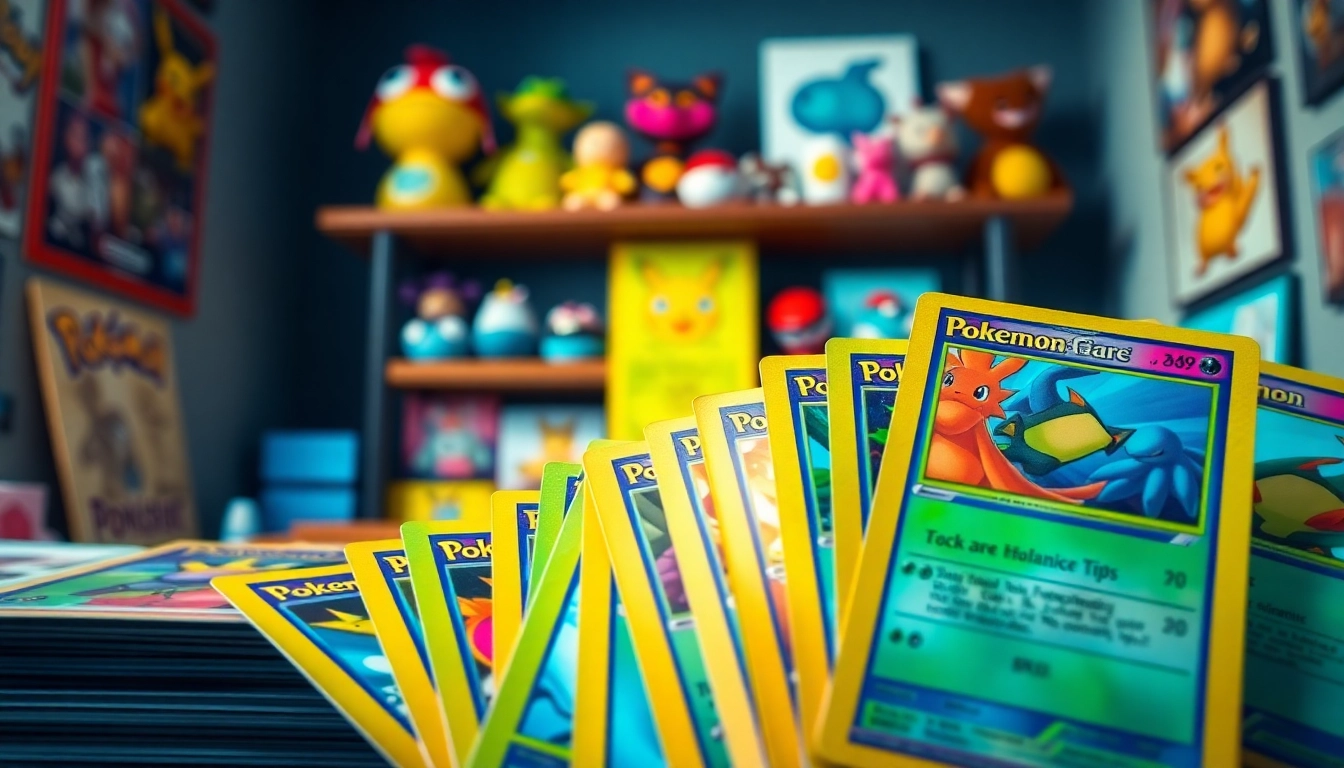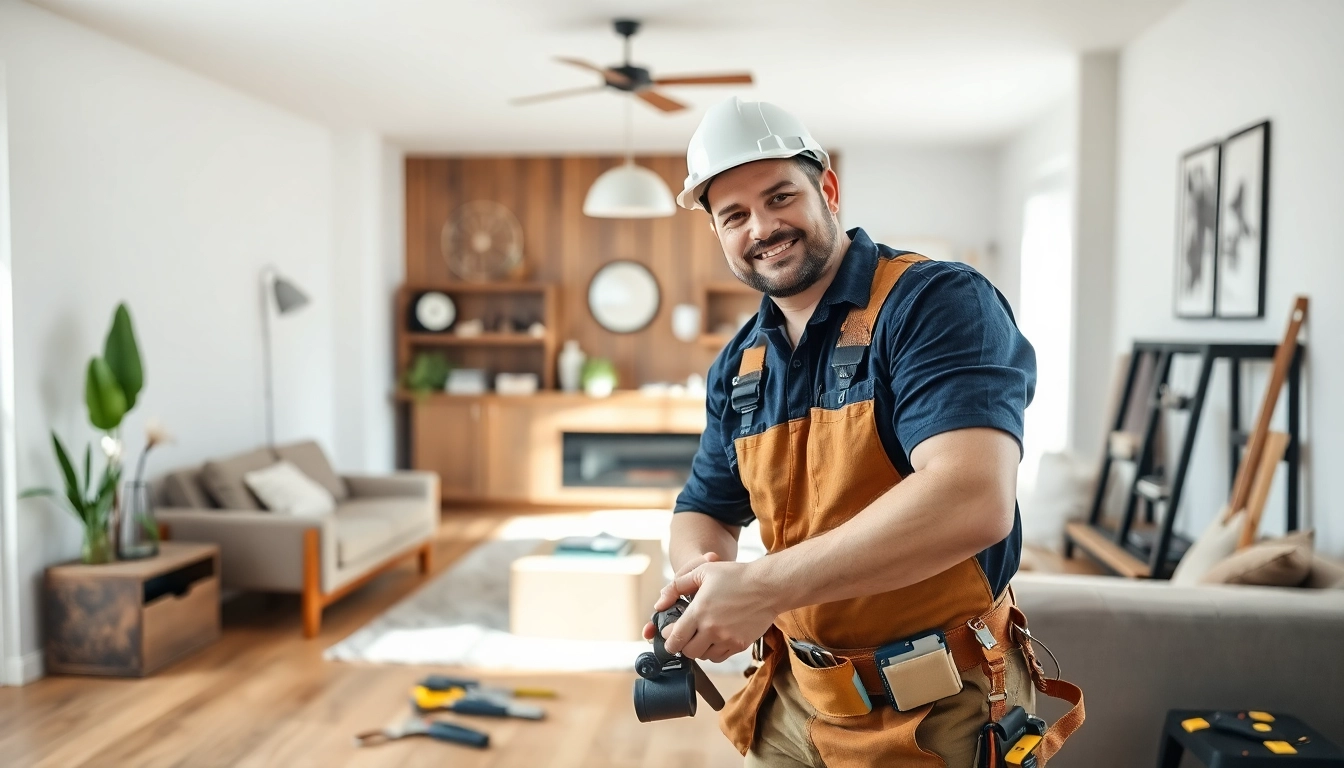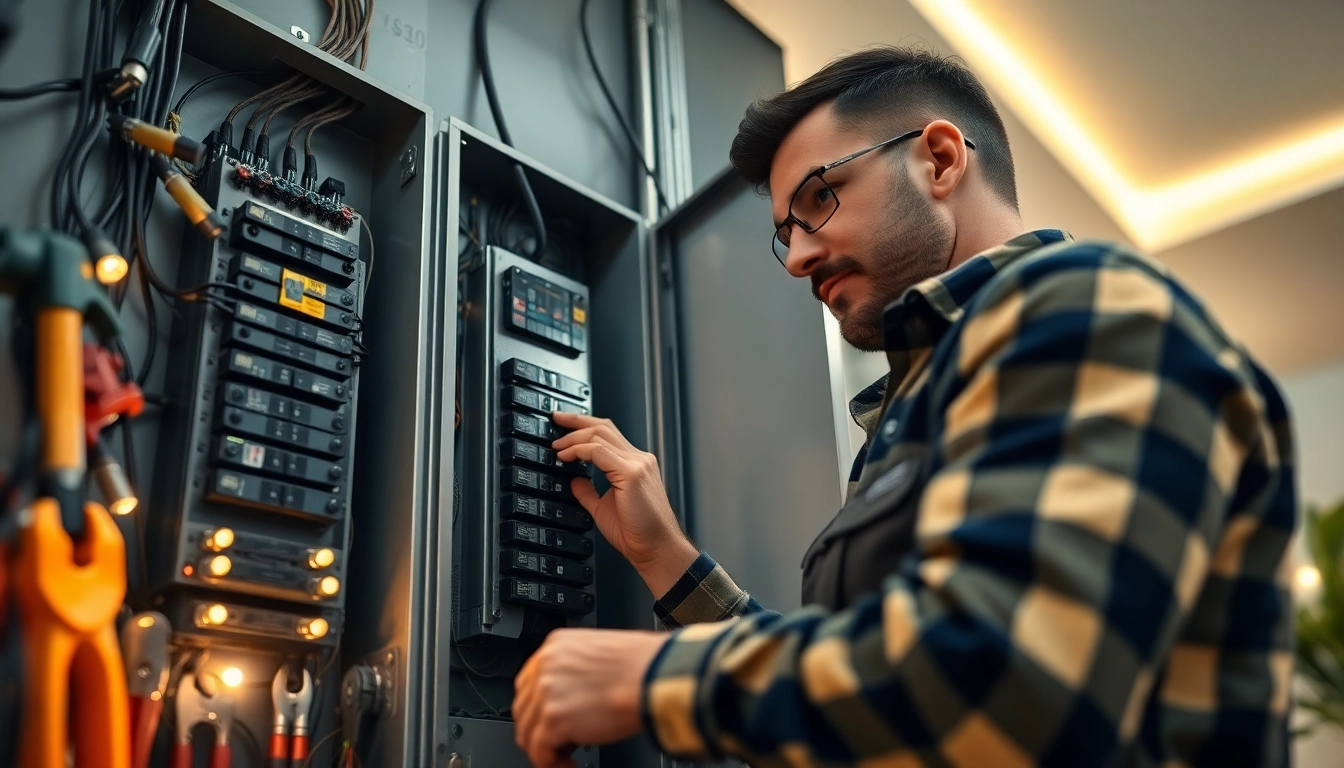
Understanding Real Pokémon Cards
The world of Pokémon cards is vibrant and thrilling, attracting collectors and gamers alike. For enthusiasts, the excitement lies not only in gathering these cards but in ensuring their authenticity. With numerous knock-offs and counterfeit cards flooding the market, it’s essential to distinguish real Pokémon cards from fake ones. This guide offers a deep dive into understanding the elements that make Pokémon cards authentic and helps collectors protect their investments.
What Makes a Pokémon Card Real?
A real Pokémon card exhibits specific attributes that ensure its authenticity. The Pokémon Trading Card Game (TCG) has maintained strict manufacturing processes since its inception in the late 1990s. Understanding what makes a Pokémon card genuine begins with knowing the materials, printing techniques, and design layouts that are standard across authentic releases.
- Material Quality: Authentic Pokémon cards are printed on a specific cardstock that has a distinct feel and weight. They are typically made from a blend of cardboard and plastic that gives them a unique texture.
- Holographic Features: Many rare Pokémon cards feature holographic designs. Authentic cards have holographics that reflect light in consistent patterns and colors, often making it easy to identify fakes.
- Text Alignment: The text on real Pokémon cards is always perfectly aligned. Check how the card name, attack names, and descriptions are printed; any misalignment may indicate a counterfeit.
- Odd Borders and Fonts: Pokémon cards have standardized borders and font styles. If a card has an unusually wide border, inconsistent font, or other oddities, it might be fake.
Common Features of Authentic Cards
To further distinguish real Pokémon cards, here are some key features to look out for. These features are commonly present in all authentic cards, regardless of the set or rarity.
- Blacklight Test: Under UV light, authentic Pokémon cards will exhibit a certain glow, while fakes typically do not.
- Weight Test: Real Pokémon cards have a consistent weight. Weighing the card or comparing it to known authentic cards can help determine its legitimacy.
- Card Texture: Feel is an essential indicator. Real Pokémon cards have a slightly textured surface, while many fakes may feel overly smooth or glossy.
Myths and Misconceptions about Pokémon Cards
With the significant reliance on visual cues to determine authenticity, there are several myths about Pokémon cards that need to be dispelled:
- All Holographic Cards are Rare: While many high-value cards are holographic, not all holographic cards retain high market value, particularly if they were printed in larger quantities.
- Old Cards are Always Valuable: Age does not automatically equate to value. Condition, rarity, and demand are far more critical factors in determining worth.
- Online Images are Always Reliable: Just because a card looks authentic in a photograph doesn’t mean it is. Always seek physical inspection whenever possible.
Where to Buy Real Pokémon Cards
Knowing where to purchase real Pokémon cards is crucial to building a genuine collection. Markets are ripe with offers, but vigilance is essential to avoid fraudulent vendors. Here’s how to navigate the purchasing terrain.
Top Online Retailers and Marketplaces
Several trustworthy online platforms offer genuine Pokémon cards, catering to a wide variety of collectors. Here’s a compilation of some of the best:
- Pokémon Center: The official Pokémon Center website is the best place to buy new sets and limited editions directly from the source.
- TCGPlayer: A popular choice among collectors, TCGPlayer allows users to buy singles, booster packs, and collections from verified sellers.
- eBay: eBay can be a treasure trove of cards, but it is vital to thoroughly review seller ratings and return policies before making a purchase.
Local Game Stores and Events
Local game stores (LGS) often host Pokémon tournaments and events, making them an excellent source for purchasing cards:
- Community Engagement: Attending events provides opportunities to interact with other collectors, learn more about cards, and discover local vendors.
- Second-Hand Cards: Many LGSs buy and sell used cards, allowing you to find hidden gems at potentially lower prices.
Safety Tips for Buying Pokémon Cards
When acquiring Pokémon cards, safety is paramount. Here are several tips to keep your purchases secure:
- Always use secure payment methods, preferably those that offer buyer protection.
- Research seller profiles thoroughly and read reviews from past customers.
- Beware of deals that seem too good to be true; these often indicate counterfeit products.
Identifying Fake Pokémon Cards
The ability to discern fake Pokémon cards is critical for any serious collector. With counterfeiters becoming increasingly sophisticated, here are tried-and-true methods to assess authenticity.
Key Indicators of Authenticity
Fakers may try to emulate genuine cards, but various identifiers will help you spot the differences:
- Pixelation: Check the quality of printed images. Authentic cards have crisp and clear graphics, while fakes may show obvious pixelation or blurriness.
- Card Back: The backs of Pokémon cards should be uniform, with the classic blue background and Pokéball image. Any signs of inconsistency might suggest a fake.
Testing Methods for Real Cards
In addition to visual inspections, there are practical tests you can conduct:
- The Light Test: By holding a card up to a strong light source, you can see how light passes through. Real cards have a specific opacity.
- The Bend Test: Authentic cards can withstand slight bends without creasing or damaging.
Resources for Learning More
To further master your abilities in identifying real Pokémon cards, tap into the wealth of online resources, blogs, and forums dedicated to Pokémon TCG. Engaging with the community can significantly enhance your knowledge and confidence.
Maximizing Your Pokémon Collection
Collecting Pokémon cards is an art form that combines strategy, market knowledge, and passion. Here’s how to maximize the potential of your collection.
Building a Valuable Collection
To create a collection that retains or gains value over time, follow these principles:
- Diverse Selection: Aim for a mix of cards including rare, nostalgic, and playable ones. Rarity imparts value, but popularity among players keeps cards in demand.
- Monitor Trends: Stay tapped into the market by following news sites, forums, and social media groups for evolving trends. This knowledge can dictate when to buy or sell.
Preservation Tips for Real Pokémon Cards
Card protection is crucial to maintain your collection’s value. Here are some preservation strategies:
- Storage Solutions: Use top loaders or protective sleeves for individual cards, while binders with card pages work for organizing collections.
- Avoid Environmental Damage: Keep cards away from direct sunlight, humidity, and extreme temperatures to prevent warping or fading.
How to Trade or Sell Your Cards
Trading or selling cards can be a fun and profitable venture. Here’s how to navigate these processes:
- Know the Value: Use online price guides and auction platforms to establish the current market value of your cards.
- Build Relationships: Credible relationships with other collectors and vendors can increase the chances of successful trades or sales.
Engaging with the Pokémon Card Community
Community involvement is one of the most rewarding aspects of Pokémon collecting. This hobby is more than just cards; it’s about the experiences you share and the friendships you build.
Online Forums and Discussion Groups
Engaging in online forums dedicated to Pokémon TCG can provide valuable insights, resources, and trading opportunities:
- Reddit: Subreddits like r/PokemonTCG are vibrant communities where users share advice, trading opportunities, and card photography.
- Discord Servers: Many Pokémon communities have Discord channels where collectors converse and share information in real-time.
Events and Competitions to Participate In
Attendance at Pokémon tournaments or fan conventions is an excellent way to meet collectors and immerse yourself in the culture:
- Local Tournaments: Many game stores host regular play events that double as trading opportunities.
- Conventions: Pokémon-specific conventions provide a platform for trading, buying, and showcasing collections to fans from far and wide.
Connecting with Other Collectors
Forming connections with fellow enthusiasts can lead to friendships and invaluable insights into the collection world:
- Social Media: Follow collectors on platforms like Instagram or TikTok to stay updated on trends and innovations in the Pokémon community.
- Collaboration: Work with others on trading efforts to diversify your collection while helping them achieve their goals.
Conclusion
Collecting real Pokémon cards is a fulfilling experience that combines passion, strategy, and community engagement. By mastering the knowledge of authentic cards, understanding where to buy them safely, and learning how to maintain and grow your collection, you will find success in this thriving world. Whether you’re a novice or a seasoned collector, there’s always more to learn and discover in the captivating realm of Pokémon cards. Happy collecting!





